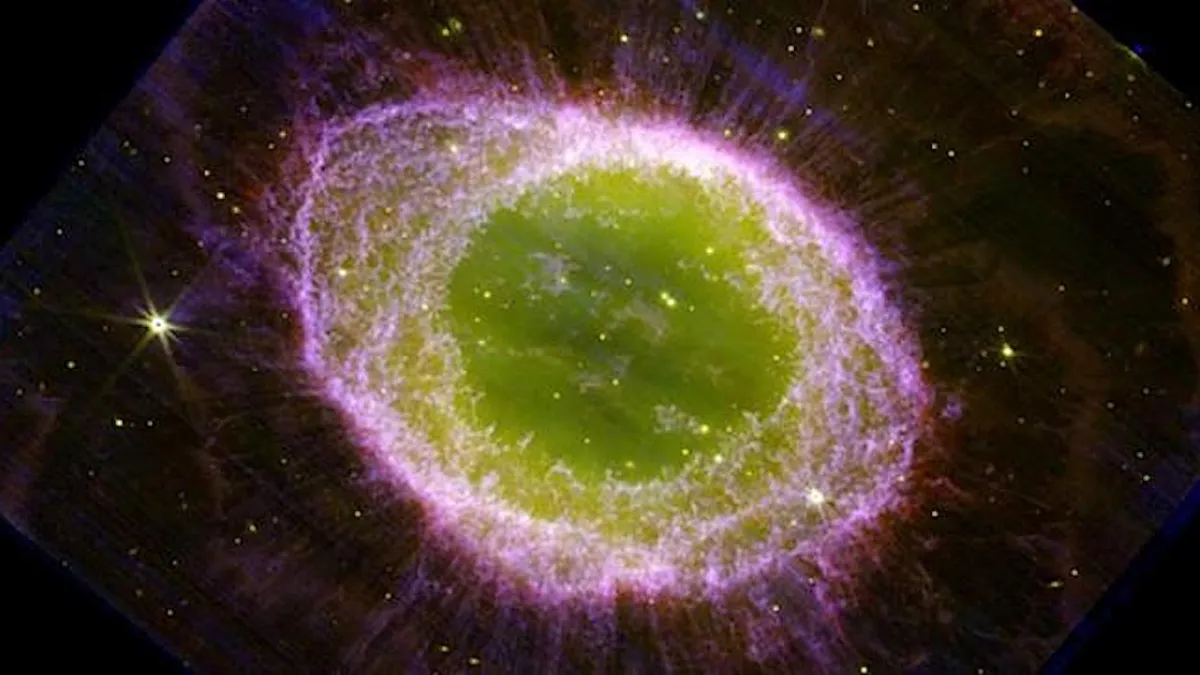Australian researchers have reportedly discovered several previously undocumented species on the Antarctic seafloor, including palm-sized spider-like creatures and an eyeless, gelatinous animal known as a “sea pig.” The spider-like species are said to be more closely related to crabs than to spiders, have long legs and compact bodies. Researchers noted that the appearance of these animals can vary when removed from their natural environment. For instance, the sea pig is reportedly more uniform and structured while moving along the seabed than when brought to the surface.
Rare Sea Pigs and Giant Sea Spiders Found in Antarctica
In addition, scientists saw sea spiders with up to 20-inch leg spans and marine stars around the size of a dinner plate, according to an ABC News article. The research vessel’s specially designed “wet well,” a tank filled with seawater that helps preserve delicate specimens, was used to capture the sea spiders, which are distinguished by their small bodies and long, thin legs. Researchers had a unique chance to witness a sea butterfly’s reproductive process as it lay eggs in one of the ship’s aquariums. Under controlled circumstances, the team is still researching these animals’ behavior and growth.
During a 60-day trip to the Denman Glacier in East Antarctica, scientists on board the Australian icebreaker RSV Nuyina have gathered a variety of marine species. In order to investigate creatures that have evolved to harsh environments, the team is exploring the ocean floor at depths ranging from 3,300 to 19,500 feet.
Sea pigs are gelatinous creatures similar to sea cucumbers that consume organic waste called “marine snow.” Other discoveries include sea stars the size of dinner plates and sea spiders with limb spans up to 20 inches. Researchers were able to watch the early growth of a sea butterfly, a tiny marine mollusk that resembles a flying snail, by observing its eggs in an onboard aquarium.
Sea Spiders and Flying Snails Found in Antarctic Depths
Arthropods that are distantly related to crabs, sea spiders live in a variety of marine settings, including deep-sea habitats that can reach depths of 13,000 feet. There are more than 1,300 species known to exist, some of which have internal organs that reach into their legs.
A “wet well” tank, a seawater system on board the ship intended to conserve deep-sea species for transportation and viewing, was used to gather fragile specimens.















